U.S. Army AH-64 Apaches and M1A2 Abrams tanks took part in live fire activity at the Orzysz Training Area in Poland on 17 September as part of Iron Defender 25, U.S. Army National Guard photos show.
An AH-64 Apache assigned to 1st Battalion, 501st Aviation Regiment, 1st Armoured Division fired rockets during the exercise, with the U.S. Army saying:
“The purpose of large scale training events like Iron Defender-25 is to prove the Polish Armed Forces and their NATO allies’ ability to deter and effectively defend the territory of Poland.”
Photographs released by the 100th Mobile Public Affairs Detachment show the attack helicopter in action against range targets. On the ground, an M1A2 Abrams tank from 3rd Battalion, 8th Cavalry Regiment, 3rd Armoured Brigade Combat Team, 1st Cavalry Division engaged targets with live rounds. Polish AHS Krab self-propelled howitzers also delivered fire support during the same training event.
Iron Defender 25 is intended to test the readiness of the Polish Armed Forces and NATO partners to deter and, if necessary, defend Polish territory. The exercise provides an opportunity to validate interoperability between U.S. and allied units, including aviation, armour and artillery elements operating together in a high tempo environment.
DEFENDER style exercises are the U.S. Army’s largest annual opportunity to move personnel and equipment into theatre by multiple modes of transport and to employ Army Prepositioned Stock. Led by U.S. Army Europe and Africa, the activity focuses on initial deployments and follow on operations critical to large scale combat operations while demonstrating lethality and sustainment with Allies and partners.
The AHS Krab
The AHS Krab is a 155 mm NATO-compatible self-propelled tracked howitzer developed in Poland by Huta Stalowa Wola (HSW). It combines a modified South Korean K9 Thunder chassis with a British BAE Systems AS-90M Braveheart turret and a 52-calibre gun produced by HSW, integrated with WB Electronics’ Topaz fire control system.
The system weighs 48 tonnes, is powered by an STX Engine-MTU Friedrichshafen 8-cylinder diesel engine generating 1,000 horsepower, and has a maximum speed of 60 km/h on road. It can fire standard base bleed rounds up to 30 km and Excalibur precision-guided projectiles up to 40 km. The crew of five operates within steel armour protection up to 16 mm thick, with the gun offering 360° traverse and elevations between -3.5° and +70°.
Poland began developing the Krab in the late 1990s, with several prototype iterations leading to the current configuration that entered service in 2016. The production variant uses the K9 chassis and, since 2019, domestically manufactured barrels by HSW. The Polish Land Forces initially ordered 120 Krabs, with deliveries extending into 2027 due to delays. In December 2024, a major PLN 9 billion contract was signed for 96 additional vehicles and support equipment under a broader framework worth about $2.5 billion, aiming for deliveries by 2029. By September 2025, Poland retained 42 Krabs after donating 54 to Ukraine, having committed to expanding its artillery fleet further under long-term defence modernisation plans.
Ukraine has employed the AHS Krab extensively during the Russian invasion, with 108 units delivered by December 2024. The first 18 were donated by Poland in 2022, followed by additional donations and purchases totalling over 100 vehicles. Ukrainian forces used the Krab in major engagements such as the battles near Sievierodonetsk and the 2022 Kharkiv counteroffensive.
According to open-source intelligence site Oryx, by June 2025 at least 35 Krabs had been destroyed and 6 damaged in combat, reflecting both their intensive operational use and the high attrition faced by Ukrainian artillery assets.


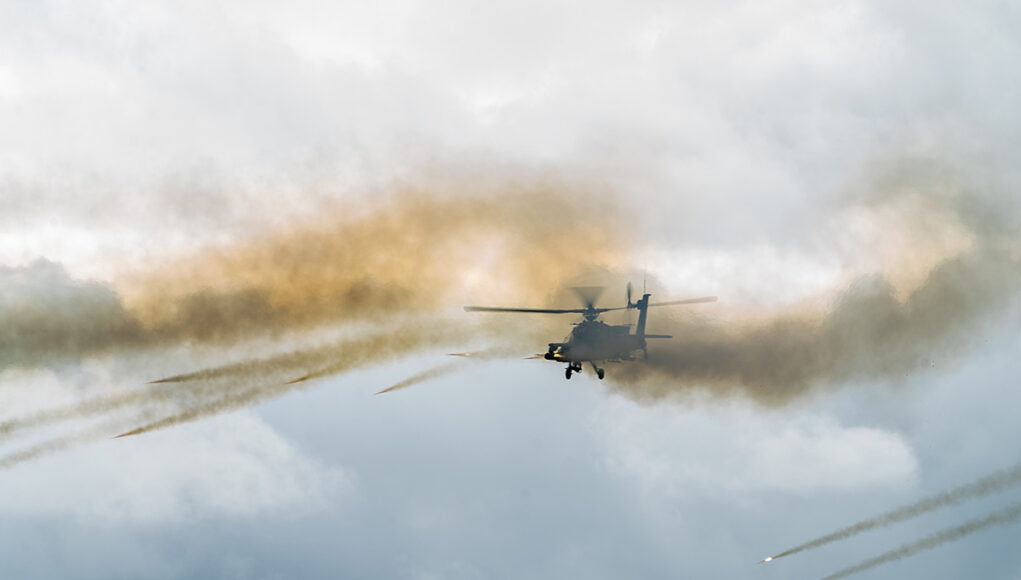

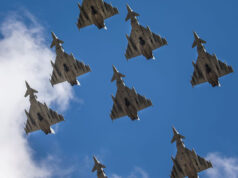
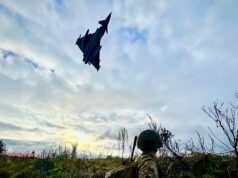
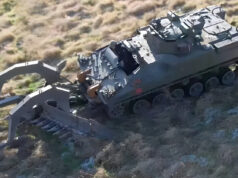
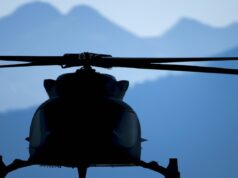
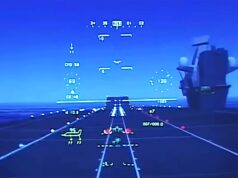

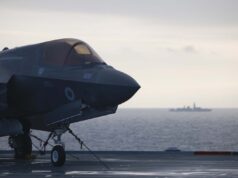
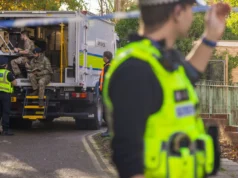
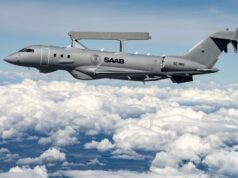
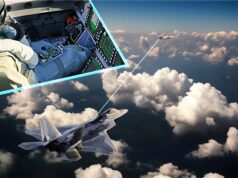

The striking reality is artillery is still controlling the battlefield… This is something the UK might want to look into…
And the west still doesn’t produce enough 155mm ammo. 3 years in.
Ray, Sunak selected Boxer RCH-155 as the AS-90 replacement purely for political reasons, yet no production order yet placed?
We are buying more MLRS.